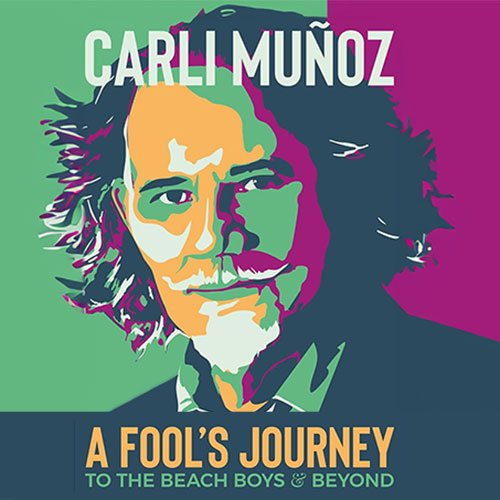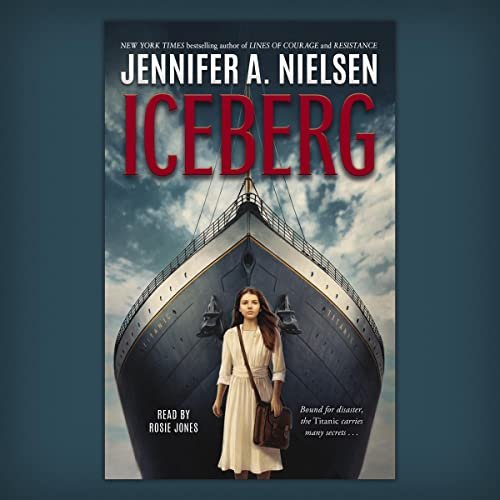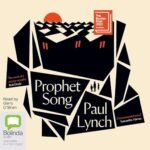Big beacon: A lighthouse rebuild, a broadcaster reborn!
The third edition of Alan Partridge’s memoirs, “Alan Partridge: Big Beacon,” has garnered a variety of reviews and comments. The following is a compilation of major points from multiple sources:
“Big Beacon” by Alan Partridge, a fictitious character played by Steve Coogan, is the third book of memoirs covering the life and career of this well-known figure. Partridge, regarded as one of the best characters in British comedy, has been brought to life by Coogan and his partners, Neil and Rob Gibbons, over the last 32 years. Audiences have been intrigued by the character’s complicated mind and unusual narrative style, making his fictitious memoirs a highly anticipated and appreciated publication.
Partridge considers the dual narrative style used in “Big Beacon” to be a unique approach. The first timeline follows Alan after his 2021 ejection from the BBC One magazine show “This Time,” and his subsequent fixation with refurbishing a Victorian lighthouse on the Kent coast. This effort is acknowledged as not being a metaphor for restoring his career or feeling of self-worth. The second timeline begins in 2011, and follows Partridge’s decision to leave the local radio station North Norfolk Digital in order to return to television, a goal he accomplished in eight years.

Partridge’s memoirs have been criticized for their superb satire of lousy writing, which is a characteristic of the Gibbons brothers’ writing style. Alan’s absurd literary flourishes, tortuous similes, and pedantic digressions are brought to life by their ability to write amusing yet convincing writing. These components are employed sparingly, always to benefit the character and the plot. The novel is loaded with humor and painstaking description, depicting Partridge as a multidimensional figure who is petty, deceitful, spiteful, and selfish, but also sensitive, afraid, and occasionally self-aware. This level of character development demonstrates the authors’ comprehension and passion for Partridge.
The “Partridge voice” has developed over the previous 30 years, according to a Buzz Magazine review, and while it is mainly true in “Big Beacon,” there are a few times where it feels somewhat wrong. Despite these small flaws, the novel has received praise for its wit and creative usage of the Partridge character. The book’s footnotes are especially praised for their comic repetition, which has been compared to a blooper reel that adds value to the reading experience. Furthermore, the review indicates that the book is better heard on audio, when Coogan’s delivery of Partridge’s pompous declarations and distorted self-analysis may be properly understood.
“Big Beacon” is sometimes characterized as a story in which Partridge, after leaving radio, focuses on rebuilding a derelict lighthouse. This journey parallels his efforts to resurrect his profession, displaying a narrative arc in which the character challenges townspeople opposed to his refurbishment plans. The dual narrative format of the book is stressed as a means of drawing clear comparisons between Partridge’s work issues and his personal endeavor of lighthouse repair.
The publication of the book was part of a larger story of Partridge’s character growth, as witnessed on television and in other media. Partridge’s prior performances on Amazon Prime include his live “Stratagem” tour and the BBC One show “This Time With Alan Partridge.” These appearances have been crucial to the Partridge character’s growth and presentation, contextualizing his trip in “Big Beacon.”
In conclusion, “Big Beacon” is a multidimensional work that mixes comedy, character development, and narrative creativity. It continues the tradition of Alan Partridge, a figure who is profoundly embedded in British humor. The dual narrative structure, attention to detail, and clever satire of terrible writing all contribute to the book’s appeal, providing an immersive and amusing experience for both aficionados of the character and new readers.
Sources: British Comedy, Buzzmag, Big Issue









